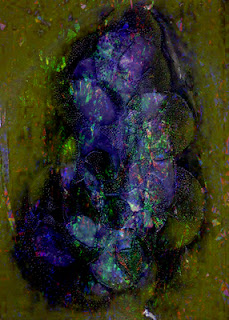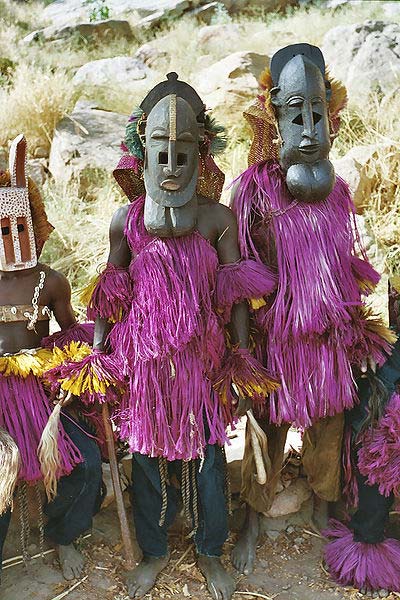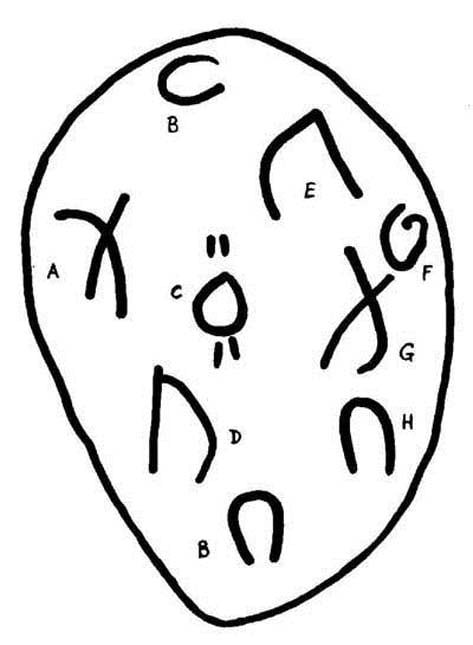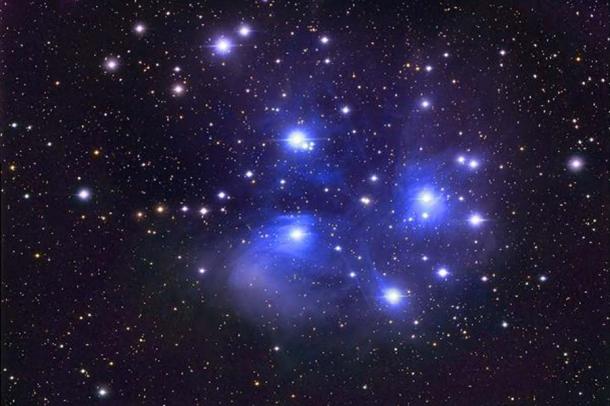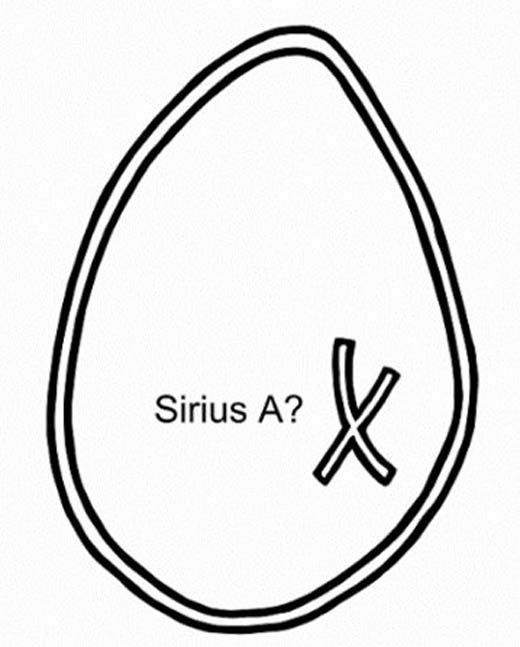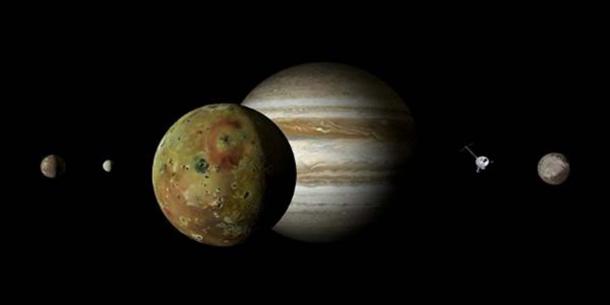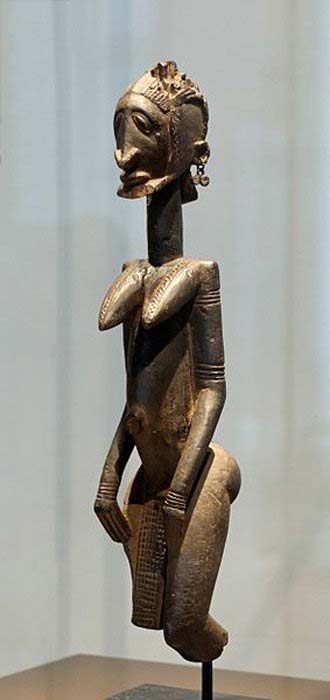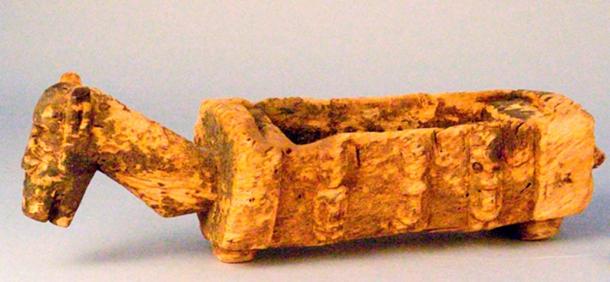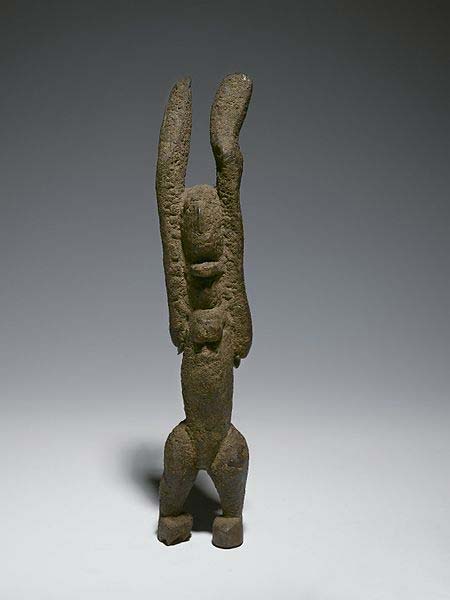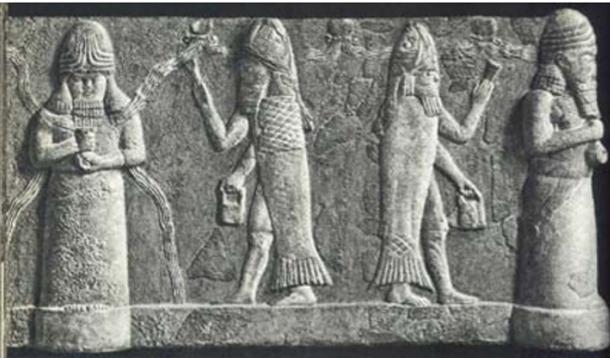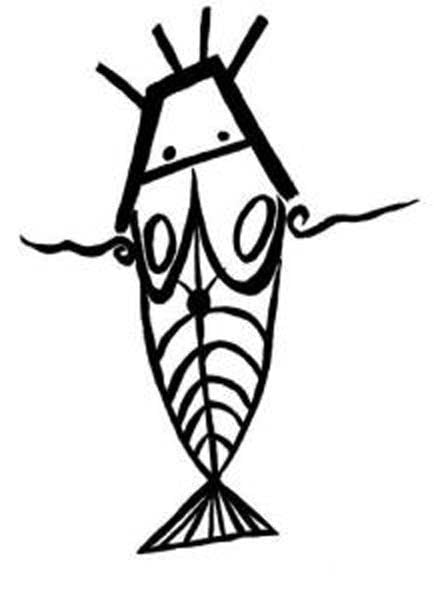 |
| Rio, Brazil, 1987 |
On 5th December 2020, the Art World lost one of the most quintessential African Artists, Grandmaster of Papier Mâché and prolific in his artworks, Mickaël Bethe-Sélassié, died in Paris of heart failure aged 69. He was a mildly spoken, sensitive and creative man; his mythical characters where enjoyed by all age groups and his modesty was exceptional. He achieved so much in his lifetime closing the gap, slightly, between Africa and Europe.
Born on 15 February 1951 in Dire-Dawa, a remote village in eastern Ethiopia. He was the youngest of three siblings. His father worked in the Ogaden desert, the dusty heart of Ethiopia's war-torn Somali regional state. In 1953, aged 2, Mickaël’s father dies and his Mother sensibly, takes the family to the Capital, Addis Ababa. Where they lived with their Grandparents. Mickaël was encouraged by his Catholic Mother and was a keen student at Lycee Guebre-Mariam, where he achieved his baccalaureate, in the sciences. In 1971, Mickaël travelled on a scholarship to the University of Bordeaux and then later to d'Orsay. In 1975 he took a break from his studies and travelled around Europe.
Over in Ethiopia, in 1972-1974 there was a famine in the North East known as the “Wollo Famine” and an estimated 80,000 people died. In February 1974, four days of serious riots in Addis Ababa left five dead. The country quickly became fragmented. Revolution broke out and Emporer Haile Selassie was deposed and arrested following the coup d'etat of the military junta led by Mengistu Haile Mariam known as the Derg. Mengistu became President in 1977.
It was a boring Christmas day in 1981, in the 13th arrondisssement of Paris, this was to be a turning point in the Artist’s life, now aged 30. For the first time he created a series of panels for his bedroom and he describes the day as the first day of his artistic endeavours. In the early eighties, Mickaël decided to change direction from the sciences to the arts. Having no formal training he is regarded as an autodidactic artist. At first, he was drawn to sculpting but he found working with clay too restrictive in regards to scale. Eventually, he found the ideal medium. It was fragile yet robust, the idea of making a framework to work around appealed to the artist’s practical nature and the playfulness of what some may consider to be a medium for children rather than adults, he set about evolving into a Grandmaster of Papier Mâché ~
Source: Stadshof Collection
“Although the motifs and themes that inspired him are not immediately recognizable, they have been described as totemic and based on Ethiopian sources, particularly Coptic paintings and the motif of the cross. His works have also been placed in the tradition of Jean Dubuffet and art brut, in part because of their simplified forms and highly expressive quality. His brightly coloured, non-naturalistic figures depict a variety of types – royalty, warriors, animals – and the saturated yellow, blue and fuchsia colours of the pieces seem at least as important as their playful forms. But it would be a mistake to classify Selassie's work as art brut. His intention is highly sophisticated, and the choice, for instance, of his medium, papier mâché is the result of a long quest and a decision to make a political statement about Africa in his use of rough materials that can be found anywhere..... ” (Quote from Simon Njami of Revue Noir)
Having found his ideal medium, he started creating wild and vivid creatures that where large in size but light and easily transportable. Mickaël experimented with different mixtures until he devised his own unique paste. His medium was cheap and easy to find, as the paper came from discarded newspapers found around Parisian streets and local Metros. He never made sketched for his works, as the process for his creations where far more physical and one of touch rather than precision, like a blind person studying facial recognitions of a stranger. As he said, “Sculpting a work requires both spiritual and physical strength.”
Source: Le Salut au Soleil | Mickael Bethe-Selassie
His Art took him all over the world and in 1987 Mickaël spent a year in Brazil and his large colourful works sat comfortably in the Carnival city of Rio. Many of his works are housed in various collections around Europe; Tropenmuseum in Amsterdam and the Stadshof Foundation in Belgium but it was Paris where his works where most appreciated. In 1992 he was on the cover of Revue Noir, which thankfully came to attention of Pierre Bour, Directeur du Château de Ladoucette in Drancy who later, in 2017, put on a glorious retrospective of 77 sculptures displayed over 8 rooms at the Chateau.
In 2002 Mickaël went to the Folk Village of Yongin in South Korea and his Papier Mâché works where transformed into bronzes. The following year in December 2003 the National Museum of African American History and Culture, a Smithsonian Institution was established and Mickaël work “Megalithe” was purchased with funds provided by the Annie Laurie Aitken Endowment and in early 2020 his works where featured on a cover for Peter Gabriel’s album Only Us.
Source: Only Us | Art for Us
His contribution to Contemporary African Art is colossal and his kindness and humility will certainly be missed.
References:
Revue Noir | https://www.revuenoire.com/en/edition/revue-noire-04/
Château de Ladoucette in Drancy | https://www.drancy.fr/le-chateau-de-ladoucette/exposition-drancy-14-18/le-chateau-de-ladoucette-537.html
Brazil | http://www.mickael-bethe-selassie.com/Mickael/Bresil.html
Netherlands | Tropenmuseum, Amsterdam | http://tropenmuseum.nl/
Belgium | De Stadshof Foundation collection, Museum Dr
Guislain, Gand | http://www.collectiedestadshof.nl/
South Korea | http://www.mickael-betheselassie.com/Mickael/Koree.html
USA | Smithsonian, National Museum of African Art, Washington | http://africa.si.edu/
Peter Gabriel | https://petergabriel.com/focus/art-for-us/



















